What Are D&D 5E Cleric Domains? Which Cleric Domains Are The Best?

The clerics in Dungeons and Dragons are powerful and capable of buffing, healing, dealing damage, as well as taking hits, and all of that before even deciding on their respective cleric domains! This class is an absolute spellcaster with a top-notch, versatile, and highly efficient spell list that lets you wear medium armor and use a shield.
As for the 5E cleric domains, each option you choose either strengthens a core aspect of your class or covers up for one of its weaknesses, be it skill proficiencies, adding heavy armor, or offering access to spells from other spells lists and other unique abilities.
So, it is important to know your goal and what you want your gameplay to look like. Below are the cleric domains available at your disposal.
All Cleric Domains 5E
Each cleric domain has something nice to offer that can make a huge difference in your overall gameplay and campaign experience, so be confident of who your cleric character is before choosing a cleric domain. Here are the domains you can opt for:
1. Arcana Domain
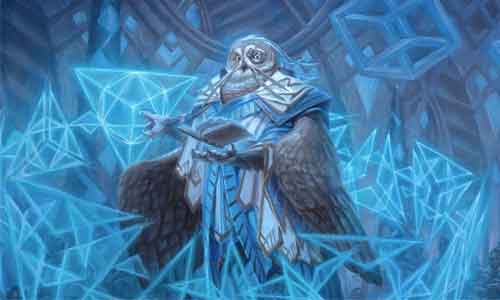
This domain includes a few exceptional abilities and spells. Sure, the Channel Divinity is situational, but here are the perks that make up for it: widening the cantrip selection, dispelling spells on healing targets, damage boost of cantrips obtained from the Wizard list, and having your choice of a 6th, 7th, 8th, and 9th level spell from the Wizard’s spell list.
Spell Breaker is the sole ability that lets the Cleric do something unique, and if it seems too less, remember, it is extremely strong and does not impede your action economy in the process. The versatility of a caster goes up by getting high-level spells from different lists, which alone makes this domain worth it.
2. Death Domain
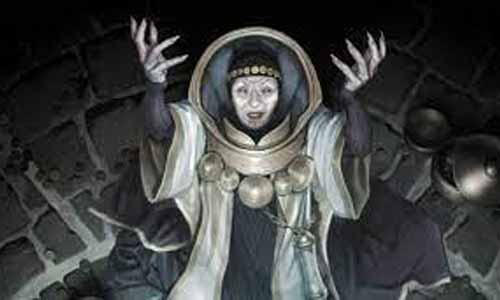
The Death domain, much like some of the other example player options available in the Dungeon Master’s Guide, is a little unpolished and unfocused.
You will notice unusual martial weapon proficiency minus heavy armor proficiency and the domain’s spellcasting-focused 1st and 17th level abilities. In contrast, the weapon proficiencies, 6th, and 8th level features are created around weapon attacks.
The Channel Divinity option allows great bursts of necrotic damage, and at level 6, the damage cannot be resisted. You will find some decent domain spells, but in the end, the Death domain can be surpassed by others doing the same things but better.
3. Forge Domain
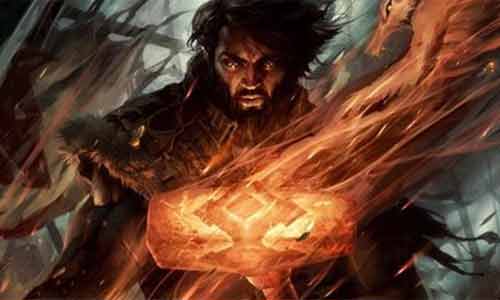
Forge clerics have a multiplicity of powerful yet simple abilities. They get significant boosts to their AC, resistance, and eventually immunity to fire.
These domains also have strong spells, utilitarian item-crafting abilities, and the required proficiency to do all the forging your party could want.
Unfortunately, their resistance to fire is strong, which can be a double-edged sword: enemies can also use fire, while many of this domain’s spell list and Divine Strike also deal fire damage. So, in fights where you can make the most of your durability, you will likely also not be able to make the most of your damage or control options.
4. Grave Domain
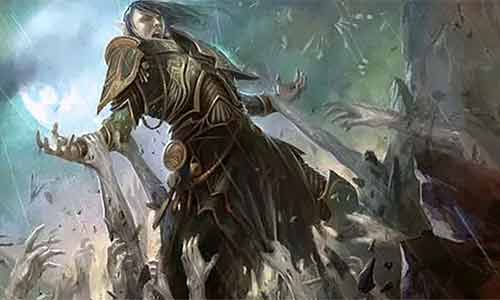
Healing is most effective when done to a player with 0 HP, and that is precisely what the Grave domain excels at. Grave clerics concentrate on damage mitigation, healing, and boosting allies’ damage in ways that cannot impact their own action economy.
You can heal your party for free at higher levels simply by killing a nearby enemy.
Moreover, the ability to make an enemy vulnerable to the next damage is great for Paladins, Rogues, and Barbarians. This strong support domain cannot go wrong, with its efficacy at every level and its deceptively tanky ability to nullify critical hits. Throw in their ability to create massive bursts of damage with your allies, and you are golden!
5. Knowledge Domain
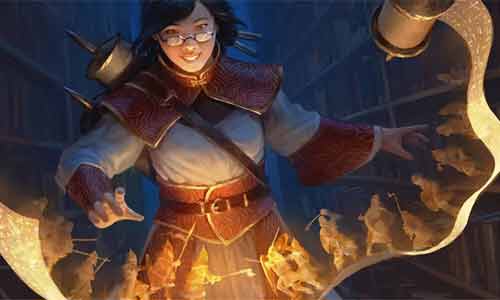
This domain offers skill versatility, providing you with some fixed proficiencies and allowing you to use your Channel Divinity to get temporary ones. You will find some useful domain spells.
You will excel at gathering information both from creatures and environments, though the value of that information is dependent entirely on the Dungeon Master.
You will be good at investigating; however, the value of information will depend from game to game. Consider asking the DM to gauge whether your special features will be worth taking before making a choice.
6. Life Domain
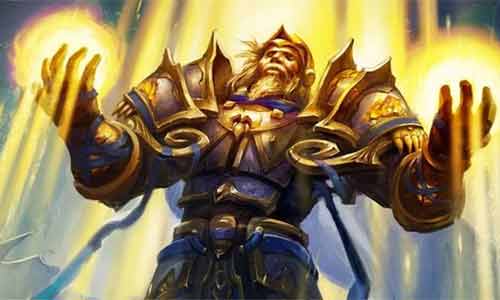
This one is the poster child for the healer-cleric. This also happens to be one of the only builds whose healing potentially keeps up with the damage dealt in combat.
With this domain, you can keep the party in a fight, be it for your increased healing and self-healing when targeting other enemies or damage mitigation through Warding Bond, as well as heavy armor to ensure safety.
However, even with the boosts, in-combat healing is usually inefficient, and while it doesn’t hurt, your radiant damage boost to weapon attacks through Divine Strike will go unused in this build. This is a strong choice for those who want to play as a healer, but it is limited by the very design of the game.
7. Light Domain
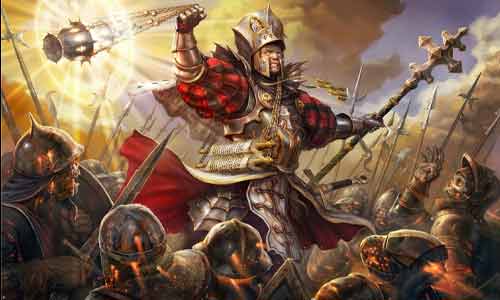
Strong direct damage spells are one thing that Light clerics have that the cleric spell list lacks. This increases the versatility of the class, and when the supporting features allowing you to impose disadvantages on attackers nearby and give opponents disadvantages against specific spells are counted, they add up to be a great domain.
But, this domain’s infamous blasting ability goes head to head against its support spells, taking up valuable spell slots as well as superseding the action economy in fights where you use them.
It lacks synergy with the way this class is normally designed. If you don’t mind the opportunity cost, this domain can let you throw a Fireball and make that reason enough to choose it.
8. Nature Domain
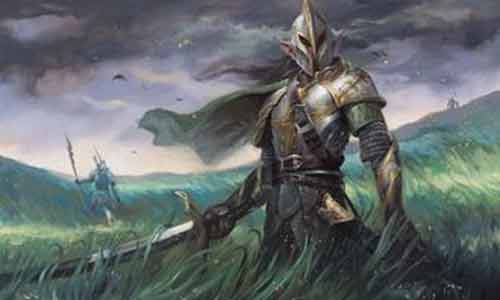
The Nature domain includes abilities that are good under the appropriate circumstances but that are not reliable. Heavy armor is essential but clashes with the domain’s Druidic theming.
The Druid cantrip offers access to Shillelagh, letting the Cleric attack in melee through their Divine Strike.
If you are a part of this domain, you can stay close to other enemies to offer resistance to one of the different types of damage, with the aim to make Nature the frontliner. Note that this build has no scaling for support or personal power.
The spells contain some useful options that will fall off later, and a lot of the good choices can compete for concentration. Therefore, this domain can be strong but cannot compete with many better domains.
9. Order Domain
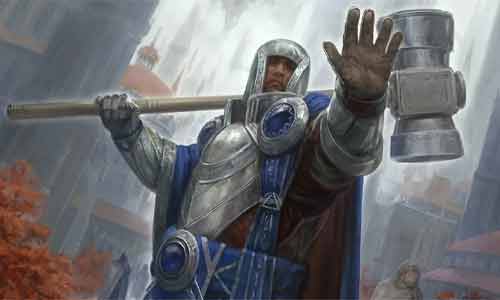
The features of this domain work in tandem to accomplish a single thing: bossing around those in the vicinity.
You can provide extra attacks to your allies from level 1, charm, as well as disarm creatures within your 30 feet distance, cast many enchantments and spells as a bonus action a few times a day, and curse targets to get more damage from the next enemy attack.
So, if you want to command the battlefield, this is it. You will specialize in enchantment spells, with access to many exploration and interaction tools. But the majority of the domain features are about making your allies deal more damage and locking down your enemies in combat.
But at the end of the day, dealing damage is the most efficient way to finish a fight, and controlling your opponents is the second-best, and hey, this domain does both.
10. Peace Domain
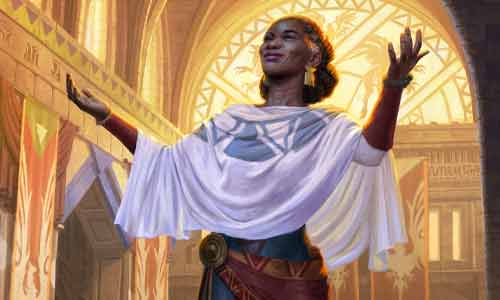
Want to transform your party from a disparate group of adventurers to a well-oiled combat machine? That can be possible with your long-lasting buffs without having to spend spell slots from level 1.
As you progress, your core ability gets more impressive, though the Emboldening Bond suffers somewhat since it forces your party to stick together, making them vulnerable to area damage.
Your Channel Divinity can counter that weakness by letting you move without fear of attack and heal any ally you pass by while still having your normal movement left to reposition. Once the Bond expands to 60 feet at level 17, the weakness is minimized, and the good domain becomes great.
11. Tempest Domain
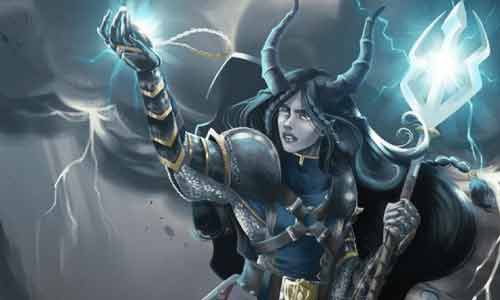
The Tempest domain is even with the War domain in their melee abilities. Still, it trades some limited extra attacks for some unique yet useful domain spells further boosted by other features.
With a decent damage type on your Divine Strike, you can exert strong battlefield control by pushing targets or summoning fog clouds.
You can also unlock huge burst damage potential simply by using Channel Divinity to increase the damage of Shatter or Destructive Wave.
Casting spells as well as making attacks seem mutually exclusive, but with this domain, you can also embrace versatility, retaliate, take hits, and eventually gain flight as long as you are outdoors.
12. Trickery Domain

This domain is strong, albeit with serious flaws that might counter its strength. With an incredible list of domain spells, this domain offers strong defense as well as mobility options with some spells that facilitate non-combat scenarios.
The domain can offer any creature advantage on stealth rolls and patching up the party’s weak link/ supercharging a Rogue’s infiltration but only once.
Note that this domain suffers from a weak Channel Divinity, but a “perfect illusion of yourself” you control might be useful based on how the DM interprets the term “perfect.” Concentration can make it compete with even stronger options.
The added poison damage to attacks in a domain that does not thrive in melee can bring the Trickery domain down by a few notches.
13. Twilight Domain
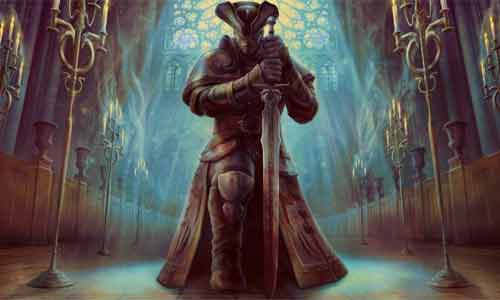
This domain enjoys a great selection of spells, good darkvision that can be shared with the party many times, and the ability to offer an advantage on initiative rolls as well as healing and debuff removal, which does not take your action economy. Here’s the kicker- you can even fly as long as you are in dim light or darkness.
This domain is great, from armor and weapon proficiencies to frontline, backline, and in-between strategies. You will be strong by virtue of the base class, but the addition of Twilight’s features and spells will elevate you to greatness.
14. War Domain
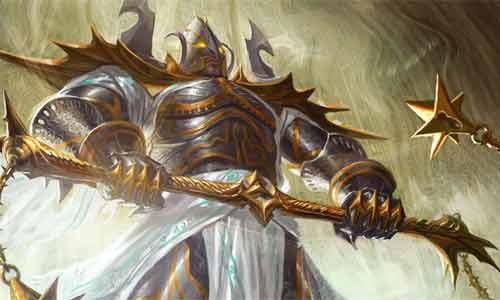
This makes for a good mid-line combatant where you can stay near the front lines to better capitalize on limited extra attacks while still staying near the back lines and supporting weaker players while intercepting enemies.
Its spells offer great boosts to your weapon combat, and your Channel Divinity can ensure the big damage dealers manage actually hits the targets.
However, your capability with weapons will be oddly limited by the stated long-rest cooldown on the extra attack option. Moreover, being completely dependent on a high attacking/ casting statistic can complicate builds. This domain can do it all, but it cannot seem to do anything better than what a specialist of a different class can.
Conclusion
Narratively, as a cleric, your choice of 5E cleric domains will be closely linked to your choice of the deity or higher power, but it is highly important to choose one that satisfies your mechanical desires as well.
Cleric domains can turn you into melee monsters, capable of out healing damage taken and skilled explorers with magical artillery. But since not all domains are equally useful or interesting, make sure what you want before you choose anyone. Happy questing!






